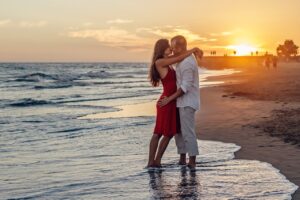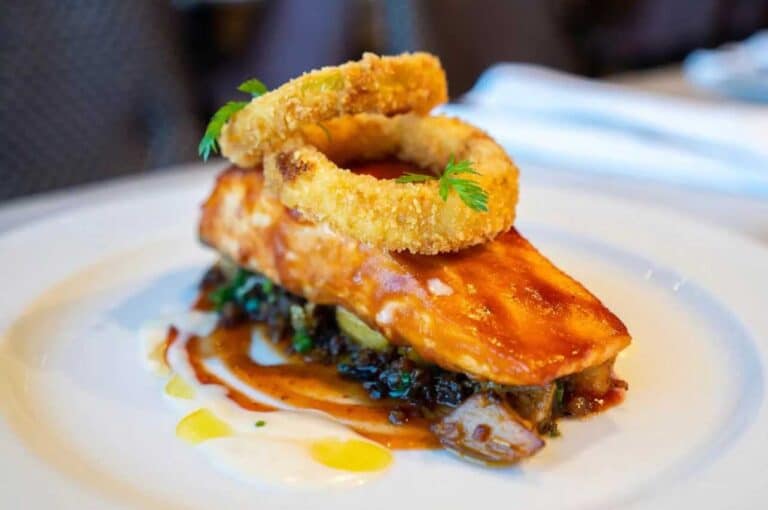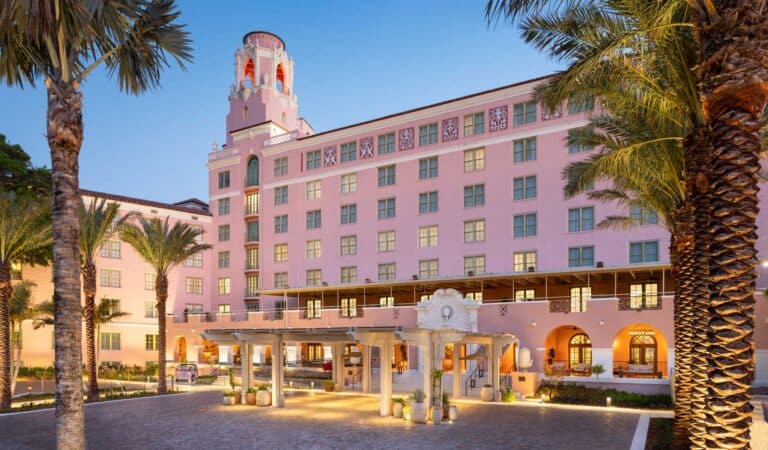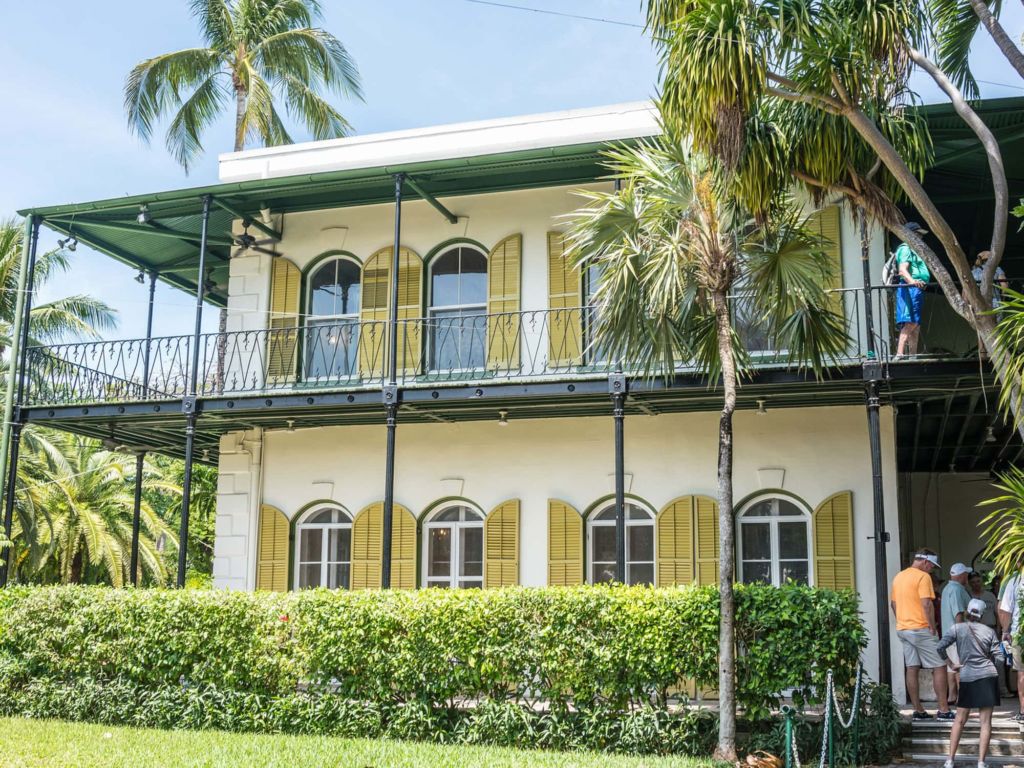
Dive into the architectural history of Key West and you’ll find the word ‘captain’ in the story of nearly every home. What is now a haven for all flavors of tourism owes its roots entirely to ships, first as a trade route port and later, in the 1800s, as home to the navy and marines. In the last century, sail and sword gave way to pen and typewriter, with a handful of celebrated authors seeking quiet sanctuary on this tropical isle. Today, much of the history is well preserved. Anyone traveling to the Conch Republic can wander on foot or bike to see the island’s historic homes, or can book with Hidden Key West Walking Tours to gain a more detailed account of the past. A couple homes now open their doors to overnight guests, and nearly all are available for weddings and other private events.
Tennessee Williams’ Home
Celebrated American playwright Tennessee Williams called 1431 Duncan Street home from 1949 until he died in 1983. Although he had already created his most famous works before he found the Florida Keys, he continued writing, penning “Night of the Iguana.” Today, the modest, red-shuttered home with a white picket fence is still a private residence, not open to the public. However, its residents are accustomed to passing Williams fans lingering for a look.
Oldest House in Key West
Also known as the ‘conch cottage,’ 322 Duval Street is hailed as the oldest house on Key West, dating to 1829. The landmark serves as a solid example of mortise-and-tenon construction, free of any nails. Instead, the joints rely on carving alone. The ends of logs were whittled down to cubes, fitting into matching holes that contain them perfectly for seamless merging. In addition to the detailed construction, the home still holds original furniture as well as ship models and maritime wood artifacts carved by folk artist Mario Sanchez.
Audubon House
The stately two-story residence at 205 Whitehead Street was built starting in 1846—immediately following a devastating hurricane that destroyed the home that John James Audubon had stayed at 14 years prior. During that 1832 trip, the ornithologist discovered 19 new aviary species amid the Keys and Dry Tortugas. Today, the 1-acre site welcomes visitors for a $15 admission fee. Entry grants access to the American Classic Revival home, as well as the gardens where brick paths wind between palm trees dripping with orchids and bromeliads. The historic home also contains a gallery that deals original Audubon lithographs.
Artist’s House
The Artist’s House, a two-story Colonial Queen Anne style home at 534 Eaton Street, now serves as a seven-room bed-and-breakfast and one of the more fun historic homes on island—and perhaps in the state. Built in the 1890s, the home packs pops of color and showy details, starting with lilac-colored shutters and gingerbread trim wrapping around its porches. Inside, find touches like claw-foot tubs, fireplaces and private balconies. We especially love the octagon-shaped turret, once the art studio of painter and author Eugene Otto and now one of the guesthouse suites.
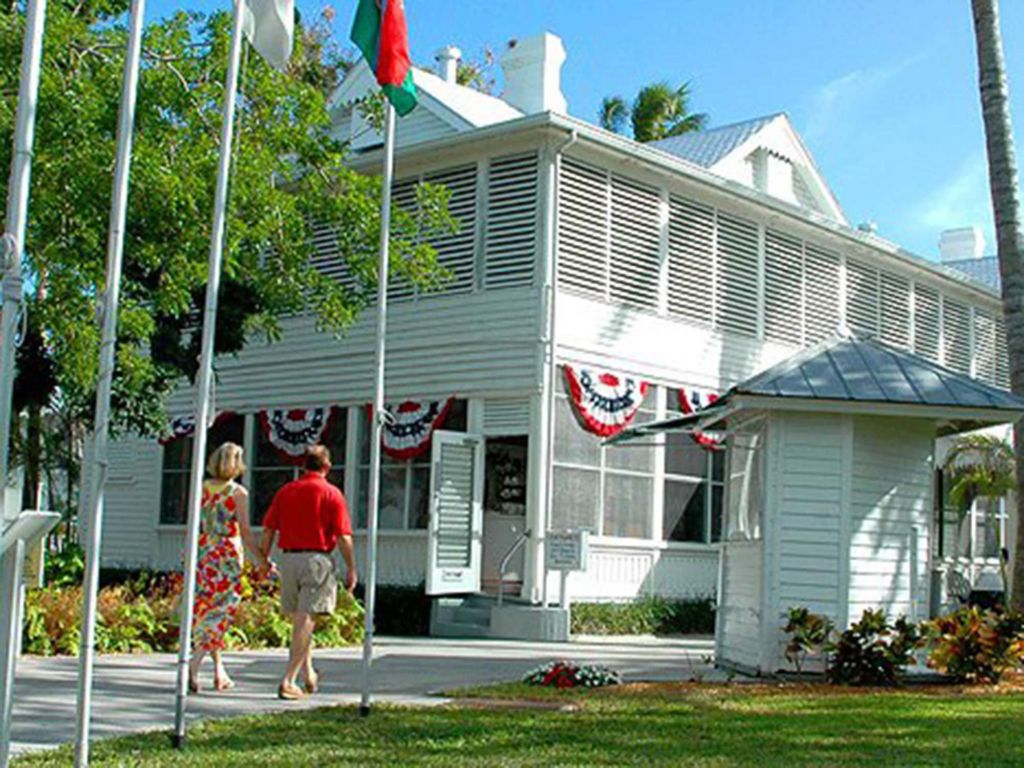
The Little White House
First built in 1890 to house naval officers, the dwelling at 111 Front Street didn’t become a single-family residence until 1911. President William Howard Taft was the first to stay at the renovated property, arriving by Flagler’s Overseas Railroad before continuing on to Panama to watch over the great canal project. Five more current and former U.S. presidents have stayed in the now-famous home: Dwight Eisenhower, John F. Kennedy, Jimmy Carter and Bill Clinton. President Harry S. Truman earned the naming honors as he spent the most time here—175 days between 1946 and 1952. The site is now a museum where guests can see original furnishings, including a desk, podium and poker table all used by Truman. Best appreciated by history buffs, the guided tour includes colorful details, including that the president started each morning with a doctor-prescribed shot of whisky.
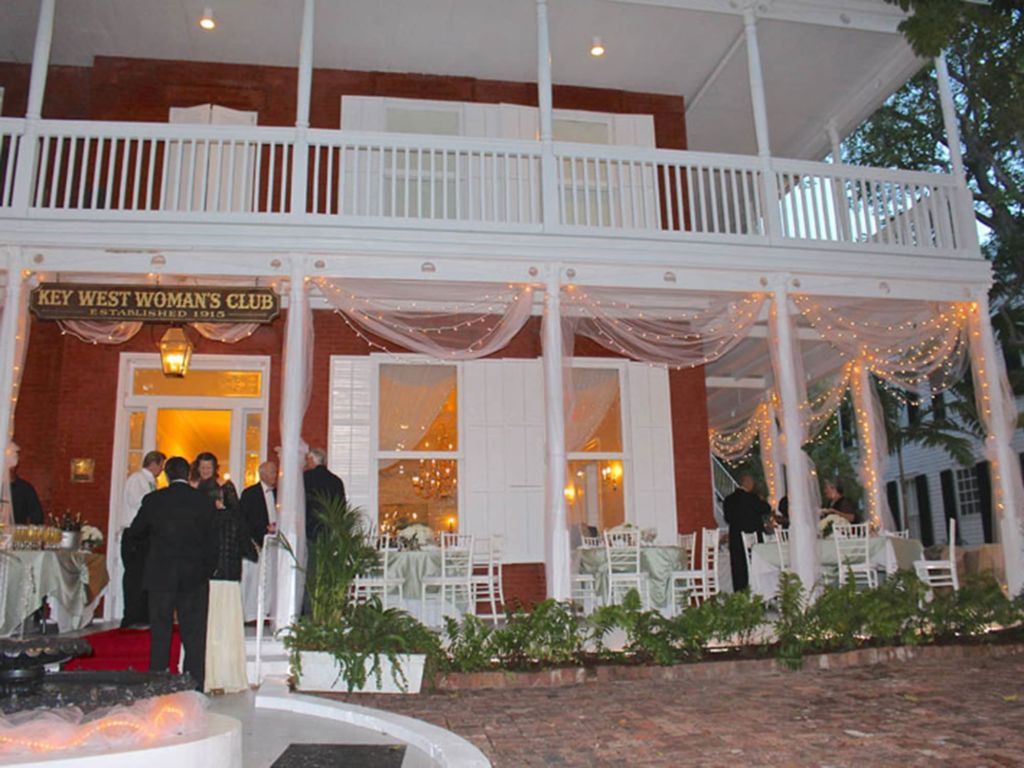
Key West Woman’s Club
One of the few brick houses making the list of Key West historic homes, 319 Duval Street was built in 1892, six years after a big fire that wiped out more than 600 private residences. Captain Martin Hellings, the owner of the International Ocean Telegraph Company, constructed the home for his wife Eleanor, founder of the island branch of the Christian Science Church, and their family. In 1940, the Key West Woman’s Club acquired the home, which they also designated as the home of Monroe County’s public library. Free tours of the home are given Wednesdays and Thursdays. Today, the property also contains The Red Barn Theater, operating in what was once the carriage house.
Ernest Hemingway Home
Undoubtedly the most famous Key West residence, 907 Whitehead Street served as Ernest Hemingway’s home and writer retreat for 10 years, starting in 1931. During his time in Key West, Papa Ernie authored both “To Have and Have Not” and “For Whom the Bell Tolls.” The estate, built in 1851, and grounds are now open for self-guided and group tours. One of the best museums on island, the 1851-built home still contains original furnishings, animal heads from Hemingway’s famous safari shoots and 40 or 50 six-toed cats descended from Hemingway’s pet, Snow White.
Robert Frost Cottage
Yet another wordsmith to find his way to this island outpost was poet Robert Frost, escaping New England winters here from 1941 to 1969. During those years, he and his wife stayed at the cottage behind the main house at 410 Caroline Street, both built by Captain George Carey in 1834. Jessie Porter acquired the property in 1934, opening it in 1995 as the Key West Heritage House Museum and Robert Frost Cottage, which contained many of Frost’s books and letters. In 2010, the museum buckled under financial hardship, and the site reverted to a private residence.
Curry-Amsterdam Mansion
Perhaps there’s good luck to be gained by stepping onto the grounds at 511 Caroline Street—the property was purchased in 1869 by William Curry, considered Florida’s first self-made millionaire. However, it was his son Milton that built the sprawling, ornate Georgian Revival mansion that stands today. One of the most notable details visible from the outside is the choice of wood used in the construction: Birdseye maple bark sports a swirling, dotted pattern. Today, the property is known as Amsterdam’s Curry Mansion Inn, a 28-room bed-and-breakfast that is also open to the public for daily tours.

